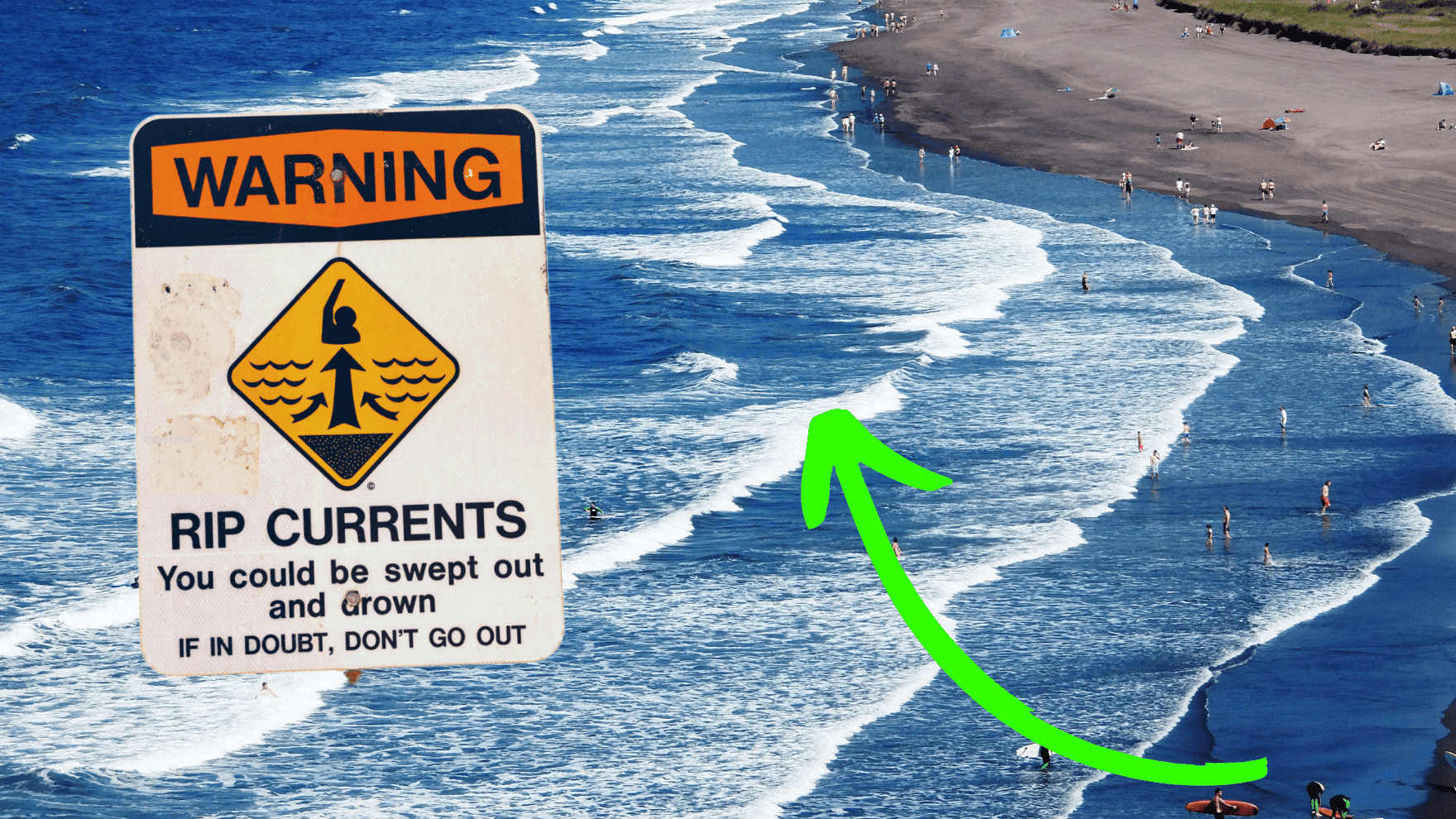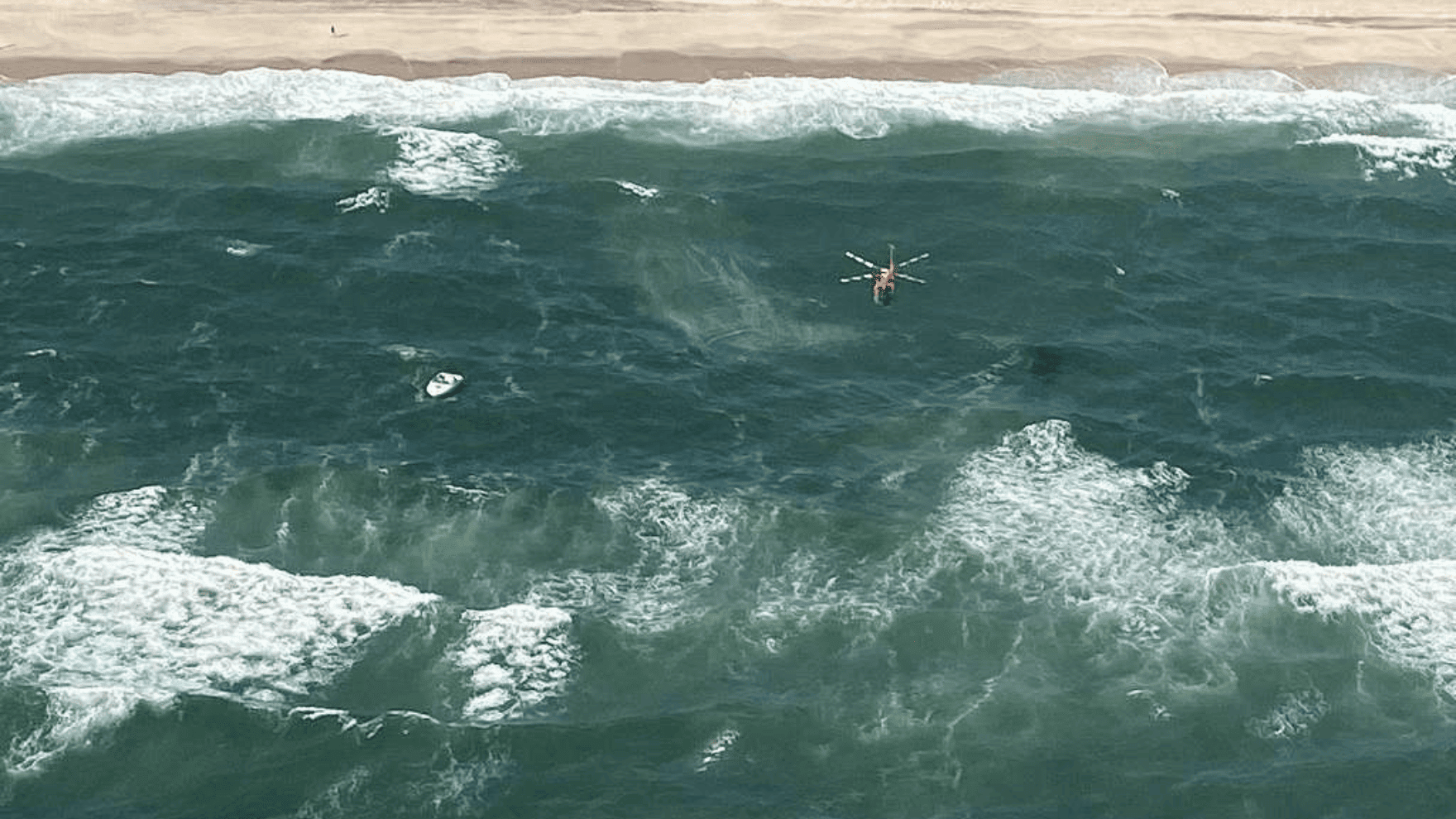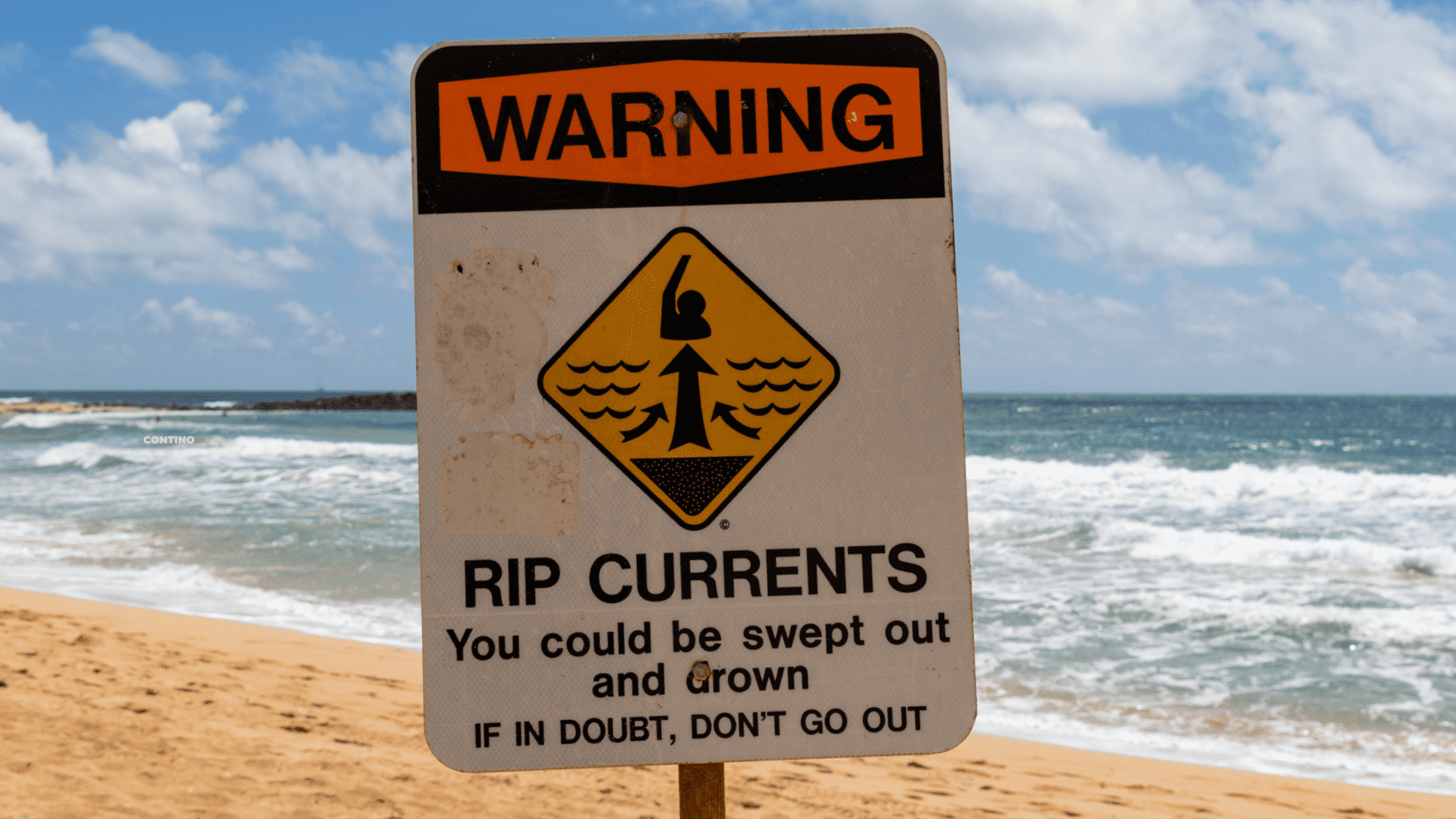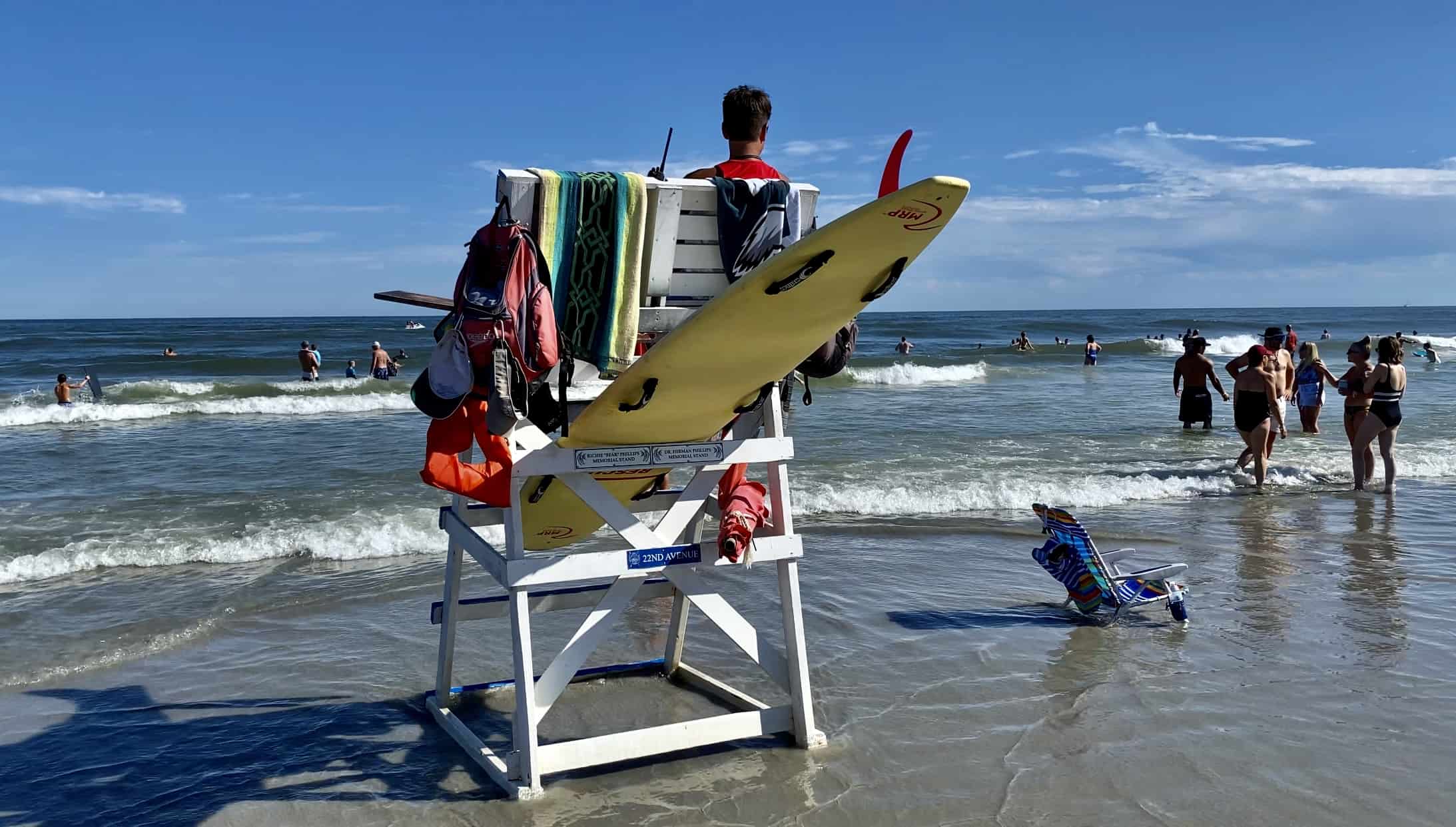Understanding Rip Currents: A Guide to Spotting and Escaping
The term Rip Currents have been in the news recently since there have been many rescues on the East Coast. Many visitors don’t know of this hidden threat so here’s what you need to know.
Rip currents, often referred to as rip tides, are powerful narrow channels of water flowing away from the shore. They can be found in various coastal areas worldwide and are responsible for numerous beach-related incidents each year. Understanding what rip currents are, how to spot them, and how to escape their grasp is essential knowledge for beachgoers to stay safe and enjoy their coastal experience to the fullest.

Understanding Rip Currents
1. What are Rip Currents?
Rip currents are natural phenomena caused by the interaction of waves, currents, and the shape of the seabed. They occur when waves approach the shore at an angle and the water rushes back out to sea through the path of least resistance. This forms a concentrated channel of fast-flowing water moving offshore, perpendicular to the shoreline. The narrow width of rip currents, typically ranging from 10 to 30 feet, can deceive swimmers into underestimating their strength.

Spotting rip currents can be challenging, but some visual cues can help identify their presence:
- Noticeable differences in water color: Rip currents often appear darker or murkier than the surrounding water due to the sand and sediment they carry as they flow away from the shore.
- Choppy or turbulent water: Rip currents can cause the water around them to become choppy and rough compared to the calmer areas nearby.
- Foamy, debris-filled water: As the water is pulled seaward, it may create a foamy, frothy appearance due to the breaking waves carrying bubbles and debris.
- A break in the wave pattern: When waves break along the shoreline, a rip current may create a gap or channel where waves are not breaking.
- Calm areas between breaking waves: Rip currents can create calm patches between breaking waves, as the water rushes back out to sea.

Finding yourself caught in a rip current can be a frightening experience, but it’s crucial to remain calm and follow these steps to escape its pull:
- Stay Calm: The first step is to try and remain as calm as possible. Panic can lead to exhaustion and poor decision-making.
- Don’t Fight the Current: It’s essential to resist the urge to swim against the current back to the shore. Rip currents are much stronger than even the strongest swimmers, and fighting against them will only tire you out.
- Swim Parallel to the Shore: Instead of trying to swim directly back to the beach, swim parallel to the shoreline. This will help you get out of the rip current’s pull. Once you’re out of the current, you can start swimming back to the shore.
- Signal for Help: If you’re unable to swim out of the rip current or feel too exhausted to continue, raise one arm and signal for help. Lifeguards or nearby beachgoers will be alerted to your situation.
- Float or Tread Water: If swimming out of the rip current is not possible, try to stay afloat by treading water or floating on your back. Conserve your energy until help arrives.

Prevention is the best approach to dealing with rip currents. Here are some safety tips to minimize the risk of getting caught in one:
- Swim in Designated Areas: Always swim in areas monitored by lifeguards, as they are trained to identify and respond to potential hazards, including rip currents.
- Observe Warning Signs: Pay attention to warning signs or flags posted at the beach. These signs often indicate hazardous conditions, including the presence of rip currents.
- Check Local Weather and Tide Conditions: Before heading to the beach, check local weather and tide reports. Certain weather conditions, such as strong winds and high tides, can increase the likelihood of rip currents.
- Swim with a Buddy: Always swim with a companion, so you can look out for each other and seek help if needed.
- Beach Awareness: Always take a few minutes to observe the beach and the water conditions before entering the water. Look for any signs of rip currents, and ask lifeguards or locals about any potential hazards.

N. Wildwood Beach Patrol End of 2021 Summer Coverage
Rip currents are powerful natural occurrences that demand respect and awareness from beachgoers. Understanding what they are, how to spot them, and what actions to take if caught in one can significantly improve beach safety. By staying informed, being observant, and following safety guidelines, beach enthusiasts can enjoy their coastal experiences while reducing the risk of rip current-related incidents. Remember, the key to a great beach day is a combination of fun, relaxation, and safety.
